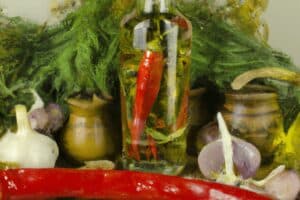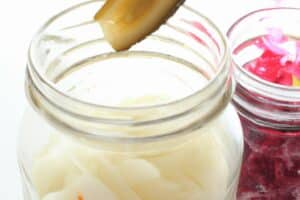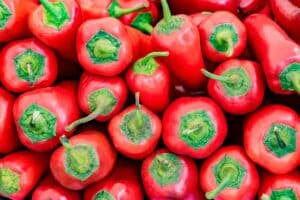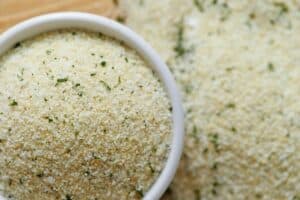Named after the ancient technique of curing meat, curing salt draws out the moisture from the meat so that it can be preserved for a long time.
A basic curing mixture involves curing salt, sugar, and seasonings like white pepper or fresh herbs.
But if you don’t have curing salt, what then? Can you preserve food using alternatives like saltpeter, kosher salt, or Himalayan pink sea salt? Yes, you can — and the list doesn’t stop there.
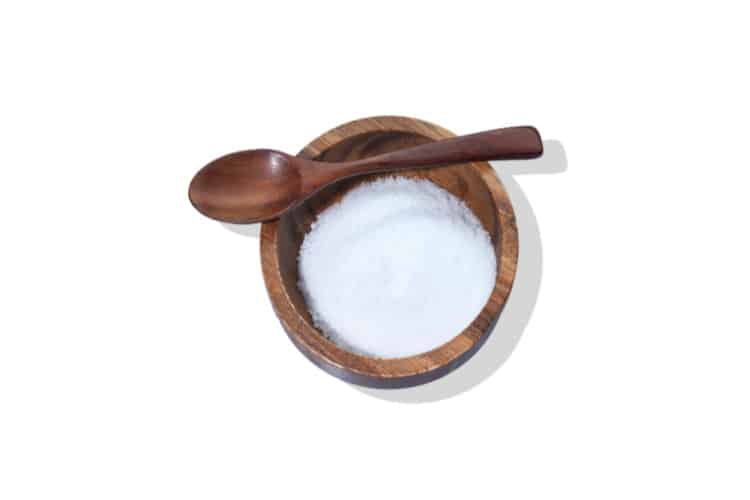
The best curing salt substitutes:
- Himalayan Pink Salt
- Saltpeter
- Kosher Salt
- Celery Powder
- Celtic Sea Salt
1. Himalayan Pink Sea Salt
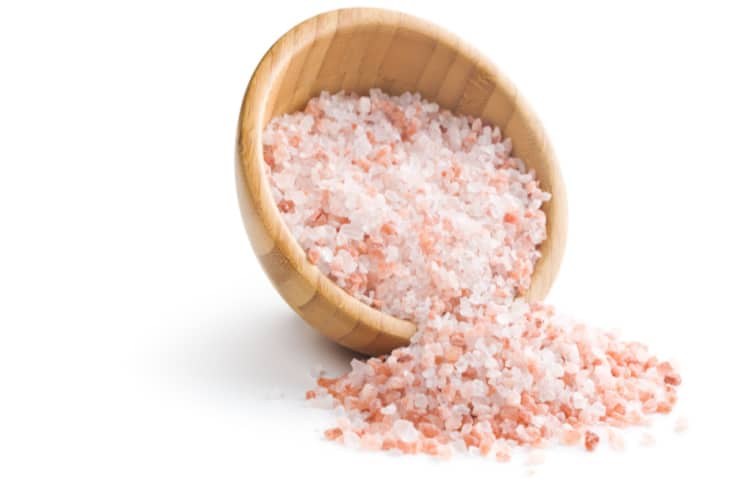
This kind of salt is widely available in stores. It isn’t as effective as curing salt and can’t preserve food for as long, but this method of curing meat is healthier since it contains more minerals.
Himalayan sea salt is extracted from old, deep deposits in the ground that date back roughly 250 million years. It is created by the evaporation of shallow saltwater and intense geological pressure. It is said to be one of the purest types of salt accessible.
This unique form of crystallized salt is a source of essential minerals. Its crystals are translucent, pink, or pure white — the deeper shades often denote higher iron and mineral concentrations.
2. Saltpeter
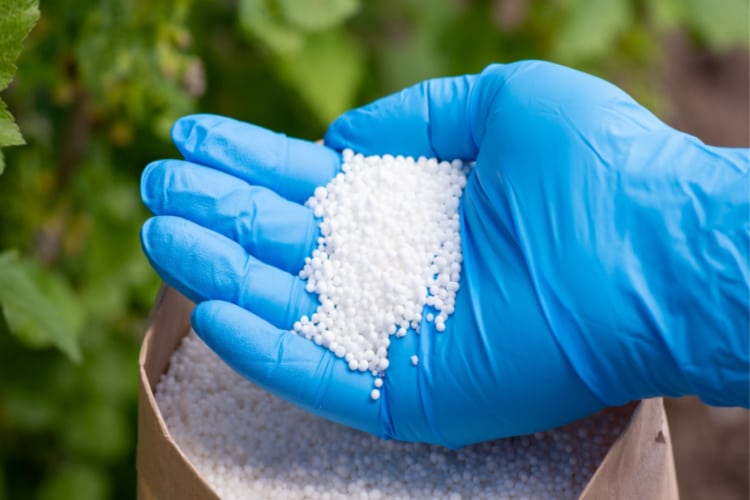
Potassium nitrate or saltpeter is an ancient ingredient for curing meat. It not only gives the cured meat a gorgeous red color but also protects it from the dangerous toxins known as Clostridium botulinum.
Potassium nitrate is found in herbicides and explosives and may be harmful to your health if consumed in large quantities. The recommended use of saltpeter for curing is 3.5oz per 100lb of meat for a dry cure and 7lb per 100gal of liquid cure.
Potassium nitrate may not deliver as quick and accurate results as curing salt. Nonetheless, saltpeter is still used for salami, dry-cured ham, and corned beef brine in certain countries.
3. Kosher Salt
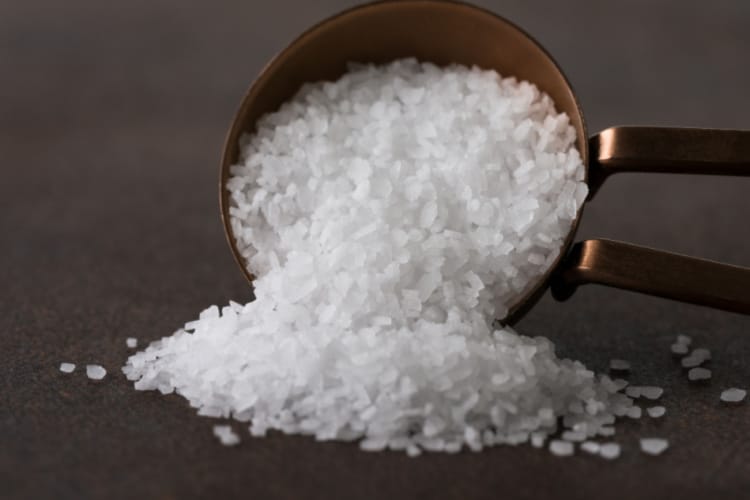
Kosher salt is known for its coarse, flaky sodium chloride crystals. Kosher is the English and Yiddish variant of the Hebrew word kasher, meaning correct, appropriate, or fit — in the case of food, fit for consumption.
These big flaky salts are used for koshering meat: minimizing the residual blood that’s left in the cut.
Its thicker crystals absorb moisture better than other salts. It’s less salty than others, so the natural flavor of the meat will not be overpowered. If you enjoy a saltier taste, you might want to add more kosher salt to get the desired results.
Can’t find kosher salt but want something similar? See our article on kosher salt alternatives.
4. Celery Juice Powder
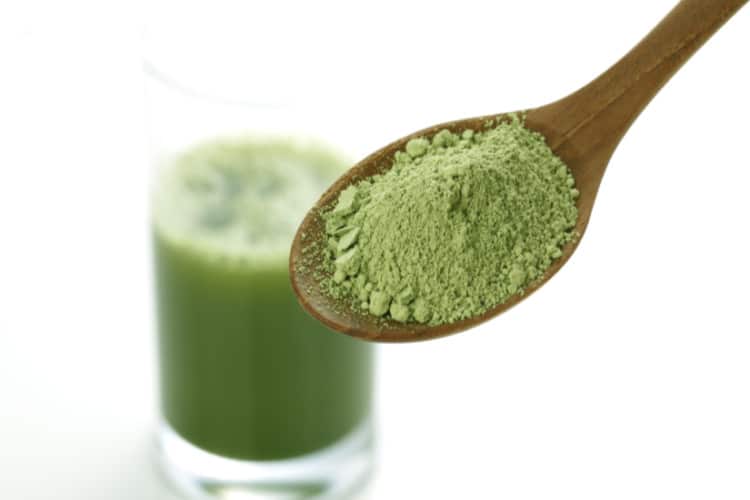
Vegetable powders like celery juice have gained more popularity over the years due to the demand for more organic ways to cure meat.
Celery powder has a high naturally occurring amount of nitrates and nitrites — so it’s a natural contender for organically curing meat. It leaves a distinctive vegetable flavor on the meat. The higher the dosage, the more vegetable flavor you get.
It’s also hygroscopic, meaning it will naturally absorb moisture from the air, so you have to dissolve it in water before using it on your food. Celery powder is intended for a short curing
cycle, no more than four weeks, so it shouldn’t be used on things that require longer curing time.
5. Celtic Sea Salt
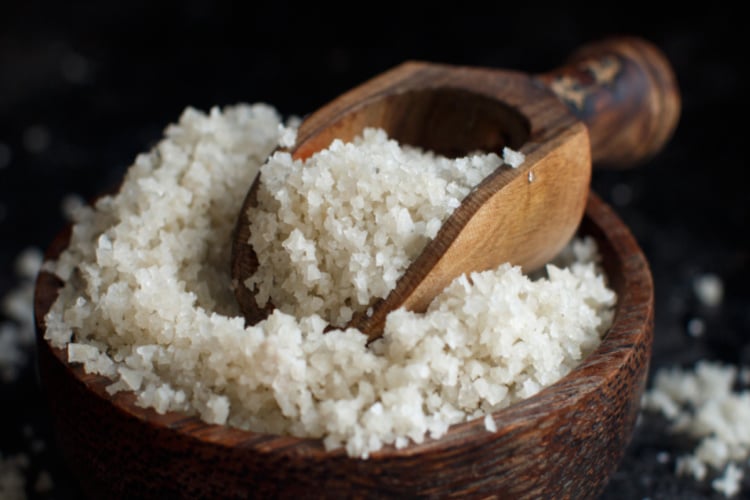
Celtic sea salt is also known as “sel gris,” which translates to “gray salt.” It comes from the coastal districts of Brittany, France.
Celtic sea salt forms in salt pans, which are regions of salty water where evaporation causes sea salt to crystalize and absorb minerals from the sandy clay. It has a natural proclivity to absorb water, making it a suitable substitute for curing salt.
It is hand-harvested utilizing ancient Celtic methods like collecting the salt with wooden rakes and sun-drying it in clay pots. Celtic sea salt is a healthy option since it contains enzymes and minerals.
A Beginners Guide to Homemade Meat Curing
If you enjoy meat, homemade curing can be fun and delicious to explore. It’s much simpler than you imagine — you just need to trust the process.
Let’s start with the meat itself. You can start with pork belly since it’s cheap and has a good fat ratio that enhances the flavor after curing. Select a smaller piece so it can rest in the refrigerator without contacting other items.
The first step is to remove any undesired or inedible pieces of the pork belly. Pat it with paper towels to remove any moisture and make a cross-hatch pattern onto the fat portion. This will allow the flavors to penetrate the meat.
In a big dish, combine curing salt, dried chile, green and black peppercorns, garam masala, and a blend of herbs such as thyme, parsley, sage, and rosemary. Massage the meat well with the mixture.
After that, put the meat in a plastic bag with the remaining spice and store it in the refrigerator for two weeks. Turn the sealed cut every now and then.
After two weeks, rinse the pork belly and wipe it dry using paper towels. The cured bacon should next be roasted. Preheat the oven to 200°F/93°C and roast for two hours.
When the bacon is done roasting, reseal it and store it in the refrigerator for one month or the freezer for up to a year. When ready for consumption, cut the pork belly into thick slices and fry them on medium heat.
Frequently Asked Questions
Vinegar isn’t powerful enough for long-term meat curing, but it can be used to make pickled sausages.
The process is called vinegar pickling. It was most likely first used for food preservation circa 5000 B.C. by Babylonians.
Apart from sausages, it’s also used for pickling veggies for the crunchy texture it gives to the food. Vinegar, especially apple cider vinegar, is also included in marinades. Its acidic nature softens the meat and reduces cooking time.
You can preserve meat using raw sugar; however, it’s necessary to combine it with a salty curing alternative. When combined, sugar softens the sharpness of the salt and enhances the sweetness of the product.
This type of sugar is known as turbinado sugar. It’s made by evaporating sugar cane juice and then centrifuging it to extract the molasses. Honey or simple syrup can also be used for curing.
You can use it to preserve fruits, especially for handmade jams, jellies, and juices. When preserving fruits, you don’t need to combine it with salt.
Conclusion
The best ingredient for curing is curing salt. The alternatives, though, can do quite well in a pinch.
For example, salami or ham can be cured with saltpeter. Celery powder is a good choice if you want to stick with an organic ingredient with a distinct veggie aroma.
Kosher salt is less salty than other salts, but it has a unique texture and thicker crystals, which means it will absorb more moisture from the meal.
Celtic and Himalayan pink sea salt are two non-ionized salts that are good for short-term curing and are high in minerals, making them healthy alternatives to curing salt.


